"Flat-head 6": American motor, which left the Soviet Union and socialist camp
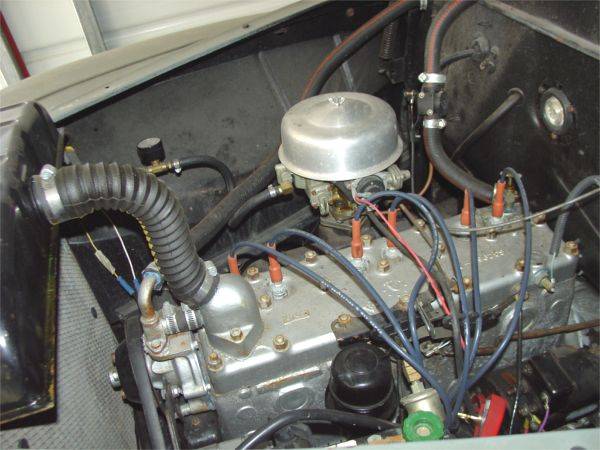
This amazing story is rarely known - in our country it is known by fragments, and outside of it, it does not interest anyone at all. But she at least deserves to be told.
The advent of "Flathead."
In 1928, Chrysler engineers created, and the company launched a new generation of automotive engines. His firstborn was a four-cylinder, and after four years saw the light and row "six". The motor had a cast iron block, a lower valve arrangement, a camshaft chain drive, an oil pump, a thermostat, and in general was quite modern for those times. For the specific shape of the head (and in fact - the lid, since we have a lower motor), the motor received a nickname in the USA with which he was destined to stay forever - flathead, which translated literally "flat head", and in relation to the engine it was possible would translate as "flat-headed" [engine]. The four-cylinder version was called flathead-4, and the six-cylinder - flathead-6.
This engine in the USA was destined to have a glorious fate - if the 4-cylinder version stood in production, then the six-cylinder only was put on cars serially until the end of the 60-ies, and on various special equipment and industrial equipment - for another ten years. To this day, spare parts are being sold to it, and enthusiasts are building “around it” various hot rods and the like. We, however, are interested in a completely different “branch” of the evolution of this motor.
Assessing the prospects for replacing or upgrading the engine, A. Lipgart understood that you couldn’t squeeze much out of the old motor of the “emka” - those 10 hp, which eventually could be obtained by raising power from 40 to 50, forces already looked like a miracle after all, they were received on the then low-tech industrial equipment and without loss of reliability. But this was not enough.
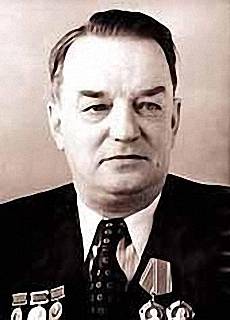
There was actually only one way out - to buy a motor abroad and produce it in the USSR. In those years, such copying was not considered something shameful - it was obvious to the citizens of the USSR that their country was technically far behind other developed countries.
Lipgart was no exception, and followed the path traditional for the USSR in the thirties. Find a suitable engine, buy a license, adapt it to the harsh Soviet realities and produce, simultaneously learning from foreigners advanced technologies. Where to take a sample, too, the question did not arise - then in the USSR, the mainstream was cooperation with the United States, and they pushed away from this, especially the Americans, who had just bade farewell to the “Great Depression”, willingly sold everything.
Analyzing the design of automobile engines, Lipgart and his subordinates turned their attention to the Dodge D5 car. The engine that was installed on it attracted their attention with a combination of novelty and power on the one hand, simplicity and reliability on the other. This was the Chrysler-Flathead-6.
Today in Russia, this engine is mistakenly called the “Dodge D5”, but this is a mistake, this is the name of the car on which Soviet engineers first “spied” this engine. He himself was never called that.
In 1937, Lipgart with a group of engineers is sent to the USA. There, our specialists studied the engine, Lipgart himself was deeply involved in the technological processes used for its production, and he himself directed the purchase of the necessary equipment for production.
At the end of the 1938, the first domestic engines were already manufactured at GAZ.
I must say that the motor is deeply processed. Thus, the timing chain drive was replaced by a gear, the dimensions are not only converted into millimeters, but also reduced to standard size ranges.
For example, the diameter of the Chrysler cylinder was 88,25 mm (3 inch), our motor had a 88 mm exactly. And so almost everything.
The main direction of making changes in the design of the engine was its adaptation to Soviet fuel, lubricants and more than a low quality of maintenance. And it turned out "one hundred percent."
But they didn’t quite guess the quality - at first it was unsatisfactory, due to the low level of the industrial base at GAZ in particular, and in the USSR in general. Both the 1938, and 1939, and part of the 1940, plant struggled for quality, bringing the new design to readiness for mass production. And by the middle of the fortieth everything turned out again - the engine finally worked as it should. You could start.
In 1940, 128 engines were produced. The 1941 plan involved thousands of engines, with the prospect of further growth.
The serial engine was named GAZ-11. There were two modifications of it - with a cast iron head unit, 5,6 compression ratio and hp 76 power. at 3400 rpm, and with aluminum cylinder head, 6,5 compression ratio and horsepower 85 at 3600 rpm
The first serial car that received it was “Emka”. A longer six-cylinder engine easily got under its hood, it took only a slightly "convex" grille to the engine compartment enough length. Avtombil received the name GAZ 11-73. Before the war, managed to produce several hundred of these machines.
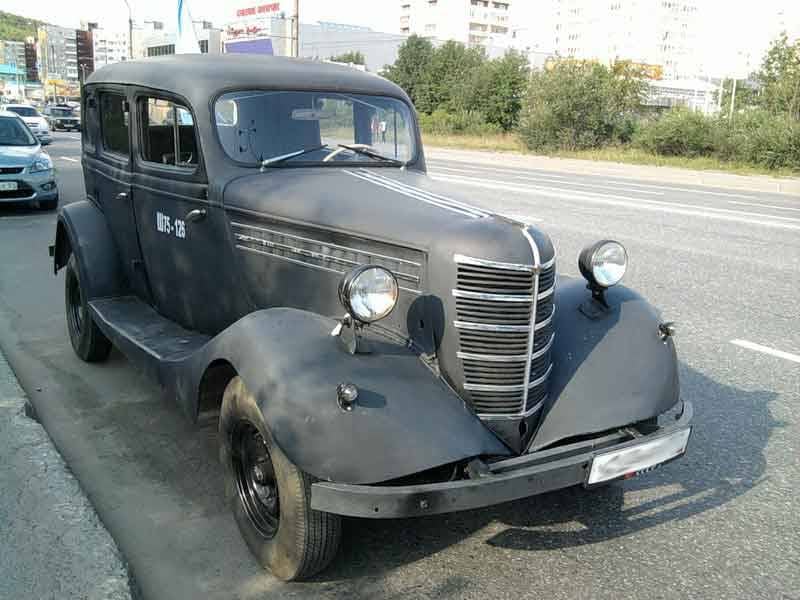
But this is a serial car. In general, a promising engine for which just did not "match up". And on the new army trucks, all-terrain vehicles GAZ 33, 62 and 63 (not to be confused with post-war models), on armored vehicles LB-NATI and DB-62, which were supposed to be the first Soviet all-wheel drive wheeled vehicles, on a GAZ 415 gas pickup truck, there were aviation and ship options ...
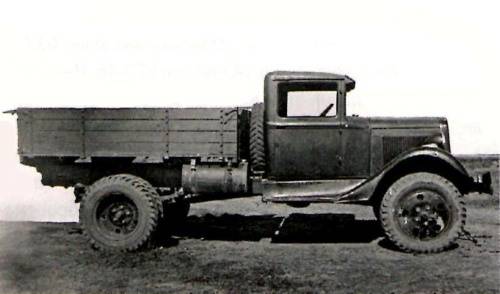
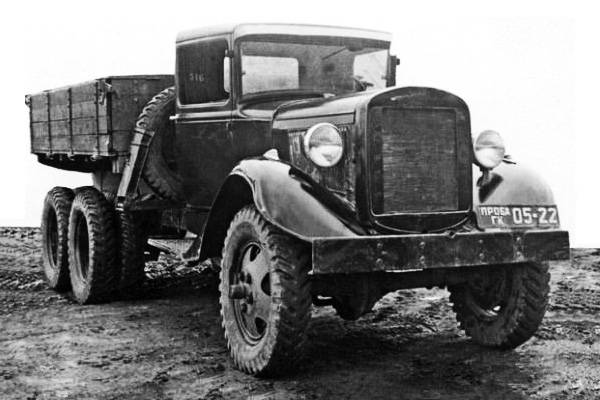
There were many plans. But 22 June 1941, they all dramatically lost relevance.
The engine that saved the USSR
The Great Patriotic War is strongly associated in the mass consciousness with tanksand the latter with the T-34 of various modifications.
But let us remember that they did not fight alone. In the very first weeks of the war, it became clear that the medium and heavy tanks of the Red Army alone would not be enough, and the then regulations and doctrines directly provided for the use of light tanks in most situations. At the same time, the perfect and high-tech lightweight T-50 industry was not able to produce. Under these conditions, the salutary decision was made by an outstanding engineer, the creator of a number of light armored vehicles Nikolai Alexandrovich Astrov. He designed a simple light tank T-60, which could quickly go into a series on GAZ, and which was equipped with ... an engine GAZ-11. Rather, his version of the GAZ-202, which differed only in electrical equipment. Otherwise it was the same motor.
Astrov himself had previously designed a light amphibian tank T-40, which was also equipped with GAZ-202! But the T-40 fought at least the entire first year of the war, participated in the battle for Moscow. Often these were the only tanks that infantry could rely on. They may have been machine guns, but it’s better this way than it does, besides, the T-40, covered by its infantry and acting against the enemy, who here and now did not have anti-tank artillery, turned into “infinite size” - like any other tank . And such cases were.
The T-60 was already armed with an automatic cannon, and these guns could inflict huge losses on the German infantry. Light tanks made it possible to accelerate the formation of tank units and forge the necessary personnel for the war ... but where would they come from if there was no suitable engine? On the Astrov tanks there was an option with a capacity of 76 hp, with a cast iron cylinder head, which did not require a lot of light alloys for its production. Given the fact that the USSR lost its aluminum at 70% (GOKs remained in the territory occupied by the Germans), and it was still necessary to live up to mass shipments of American Lend-Lease, this was a vital moment.
Saving.
In total, X-NUMX T-960 and 40 T-5920 tanks were produced in the USSR. All of them were equipped with engines GAZ-60, the very "flat-headed". So May 202 is worth commemorating both Lipgart and Chrysler with a kind word. It is not known how things would go if it were not for them ...
However, it was not even the beginning ...
T-60 on the conveyor stand for long. After a month after the counteroffensive near Moscow, Astrov “pushed” the production of a more powerful model, the T-70. Thicker armor gave a greater chance of surviving even light tank tankers, and an 45-mm gun gave chances to hit a German tank in battle, even if they were small and reduced each year. These improvements in the light tank required a new, more powerful engine.
A new powerful engine was obtained by splicing two GAZ-202 into a block of two GAZ-203 engines. The engines were slightly deformed to increase reliability, and in total the unit gave 140 hp, "two in seventy." T-70 became the second largest Soviet tank. They were built by 8231 machine. And again, it is worth recalling the Chrysler and Lipgart.
This was already the beginning, without a doubt. But only the beginning.
The power unit GAZ-203 became the “heart” for the car, whose contribution to the Victory cannot be overestimated. We are talking about ACS Su-76M. In a sense, this legendary SAU became the main means of fire support for the advancing Soviet infantry, and made a significant contribution to the anti-tank defense. That's what would have happened if it were not, I do not even want to submit. During the war years was released 14292 SAU.
Let us evaluate the contribution of tracked combat vehicles with the "former American" "heart".
T-40, T-60 and T-70 tanks, SAU Su-76M is the sum of 29403 tanks and SAU. By adding here the 70 units of the T-80 light tanks (which was the same in those years), we finally get the 29473 of the tank and the ACS. Approximately one third of all produced. But Lipgart could choose a motor that would not fit an armored vehicle. And what would have happened then?
Against this background, 238 all-wheel drive all-terrain vehicles GAZ 61 of all modifications no longer look, although again, you can dream up on the topic of Zhukov stuck in a weak car at the wrong time ... But he had a 85 hp under the hood, in its all-terrain modification of the emki. Not stuck.
It is difficult to judge what would happen if our country didn’t have this motor. Apparently, nothing good.
But war was only an episode in the life of this engine.
And now it all started!
After the war, the USSR was in a difficult situation - the country lay in ruins, famine was raging, and the military threat from the United States and the West was growing. And in such conditions it was necessary to deal with the restoration of the destroyed, and development. In the automotive industry, everything was even tougher - it was necessary to make a breakthrough in the conditions when several military years and no future work was done, and the staff simply died in the war.
Under these conditions, GAZ received a strong handicap - it had an engine that could immediately be used on any promising technology.
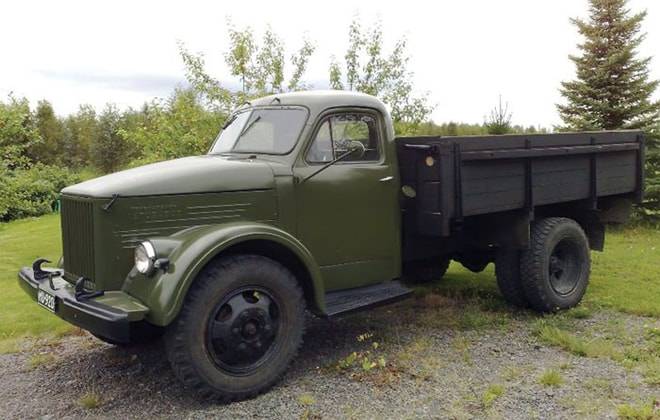
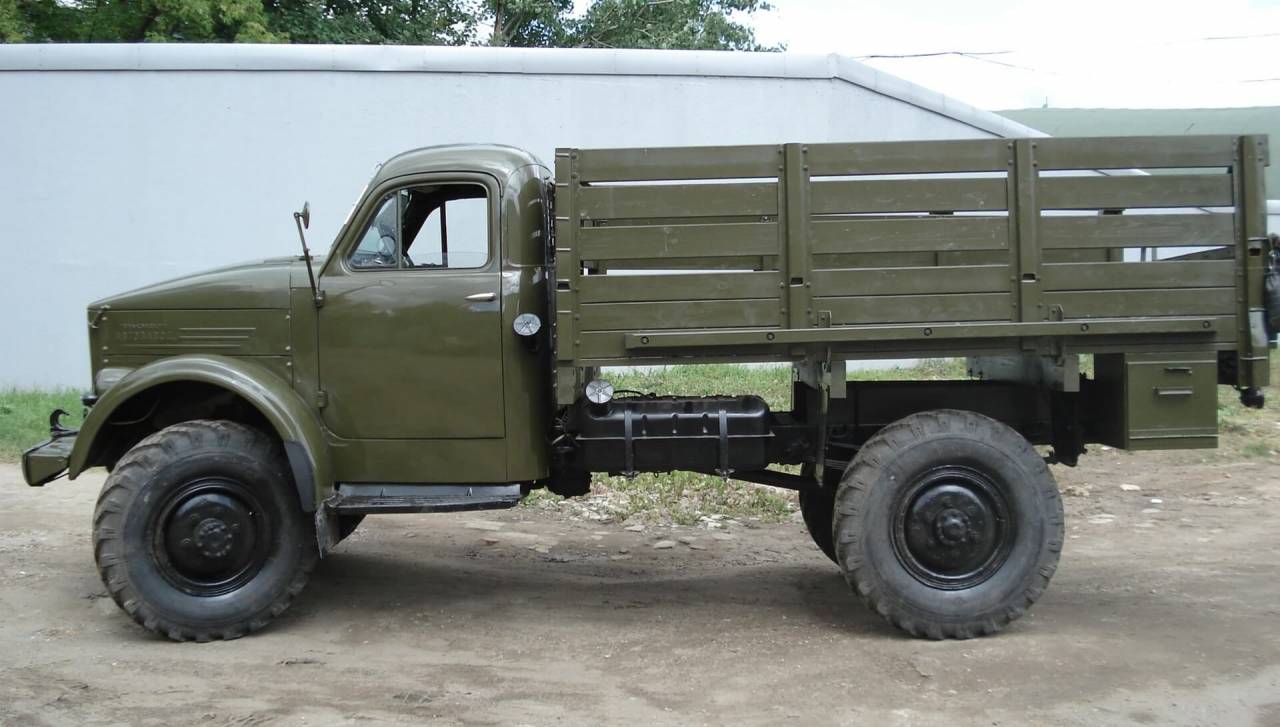
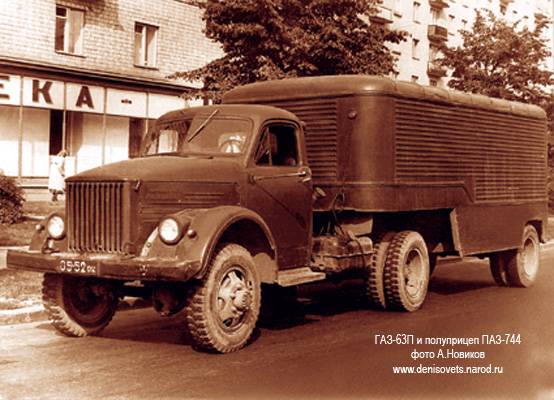
Immediately after the war, the “flathead” was successively registered on the GAZ-51 truck, getting the same name as the car - GAZ-51, on its all-wheel-drive army version of the GAZ-63 and the national-economy version of the GAZ-63П. The copied cockpit (without feathers) from the Studebaker and the Chrysler engine made it possible for GAZ to save time. And a lot. True, the engine GAZ-51 was already a significantly different engine - but basically remained the same. Power only dropped slightly, to 75 hp
Curiously, GAZ developed a variant of such an engine with a prechamber ignition. A slightly more powerful, but capricious motor was produced until the end of the 70's.
Moreover, the former American “six” gave birth to another “branch of evolution” of a glorious engine.
GAZ M20 "victory" was the first Soviet post-war passenger car, and, from the point of view of design, also the most original. And the products of MZMA (the future AZLK) and in general the domestic auto industry sinned by “copying”, and often illegal. GAZ made an innovative machine that was not a copy of anything. It was a big success.
But what was the engine there? And the engine there worked "trimmed" for a couple of cylinders modification GAZ-11. Smaller working volume and reduced to 50 hp power. It was just such a motor that the ruined country needed, and she got it. A little later, he will rise on the next generation of passenger army off-road vehicles - GAZ-69. And this will also be just the beginning.
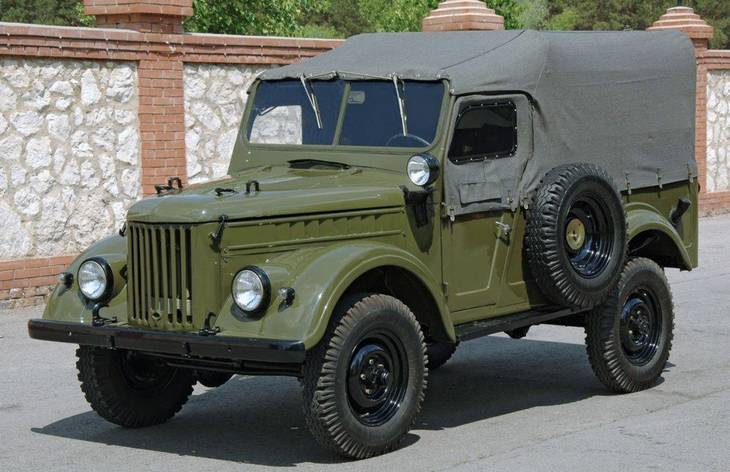
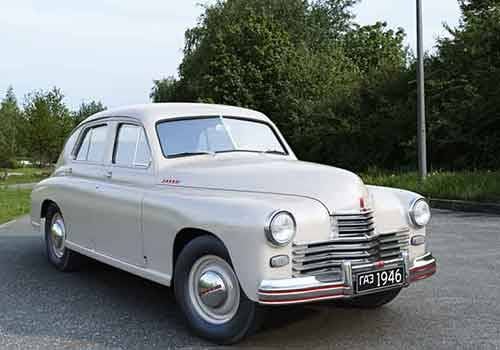
GAZ-12, popularly known as ZIM, turned out to be the next passenger car on which the “flat-headed” Soviet “registered”. This non-Soviet luxury car costing fantastic 45000 rubles became the most powerful Soviet passenger car, theoretically able to become the property of an ordinary citizen. Well, or uncommon. For this car, GAZ “returned” an aluminum cylinder head from oblivion, and through some simple modifications, it increased the power to 90 hp. - a very good result for those times. ZIM soon ceased to be produced, the sale of limousines to Soviet citizens ceased, and this car for a long time became the maximum possible for a person not alien to a “beautiful” life.
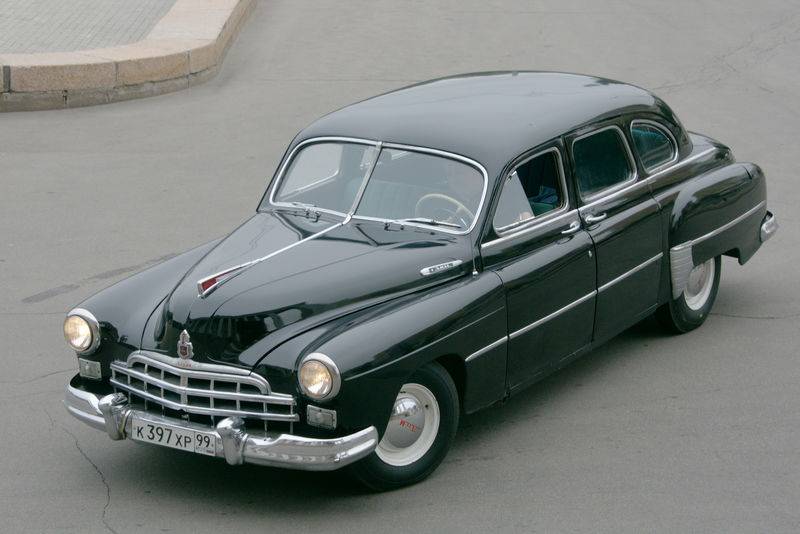
True, practical, but often devoid of aesthetic sense, Soviet citizens often drove potatoes and the like to ZIMs, completely killing a luxury car and turning it into a working nag. And, of course, the motor allowed to do it without difficulty.
But this was not the end of the story, several new evolutionary breakthroughs were brewing in the life of the engine.
GAZ was preparing to produce a new truck, more advanced than GAZ-51. And the base engine for it has already chosen the row "six". This truck was GAZ 52, the last modification of which was to survive the USSR. And those who found this car will easily recognize and the motor used on it.
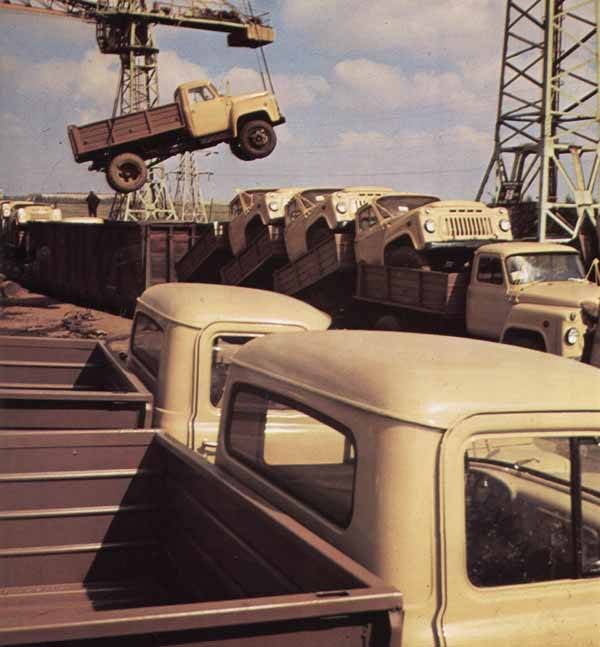
The GAZ 52 engine, greatly upgraded compared to the original GAZ-11, and somewhat improved in comparison with the GAZ-51, became a real long-liver. It was produced in the nomenclature of spare parts until the end of the nineties. It was placed on the loaders of the Lviv factory and to this day, not new Lviv loaders used in Russia are equipped mainly with this engine ...

And what about defenses? Glorious traditions of defending the homeland on the motors that were invented in America? Here, too, everything was in order, and the point is not only in military vehicles of the GAZ-63 family.
Modifications of the Soviet “flat-head” were consistently used on the BTR-40, BTR-60, and BRDM, and on the now forgotten but once very important and sought-after ASU-57 self-propelled self-propelled gun from the Pobeda and GAZ- 69. These engines "dust" on the dusty roads of Sinai and Galeley in the Arab-Israeli wars, carried supplies and soldiers along the Vietnamese "Ho Chi Minh Trail" during the war with America, it was on these engines that a significant portion of the "limited contingent" drove into Afghanistan. Cubans and Nicaraguans fought and fought on them.
But that was not all.
From this engine grew the engine-building industry of China, Romania and North Korea. A variant of the M20 engine was produced in Romania at ARC plants. The Chinese developed their industry with only two types of cars - a copy of the Soviet GAZ 51 and a copy of the Soviet ZIS-150. The first of them carried a Chrysler offspring under the hood. These motors were produced and modified for many years, regardless of the prototype.
In the DPRK and 4- and 6-cylinder descendants of the gas version of the "Chrysler" is still produced and a decade ago was the base model of the local car industry.
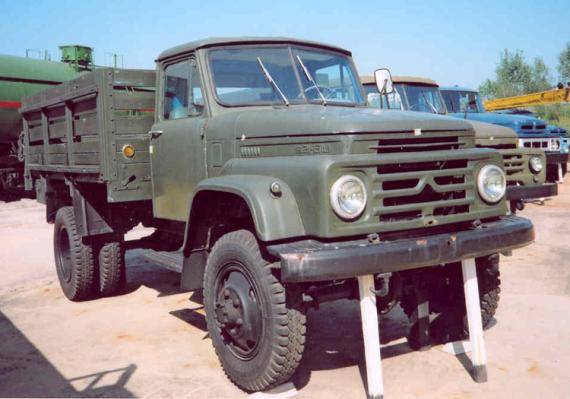
And of course, we cannot ignore Poland. Having the opportunity to produce "Victory" under their name "Warsaw", the Poles copied the engine. But later, they reworked it into ... overhead! The new head of the block allowed to increase the power and instead of 50 hp at 3600 rev / min S-21 issued 70 with 4000. Quite what is called, is another matter.
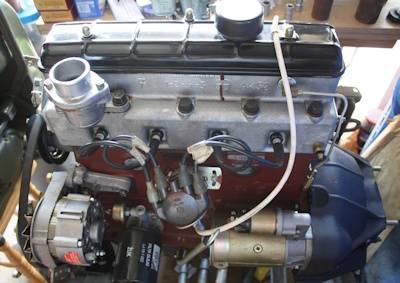
"Warsaw" stopped producing in 1973 year, but the engines continued to be installed on familiar to all who remember the USSR cars "Beetle" and "Nysa".
Today, it’s already difficult to meet a car with a descendant of a “flat-headed” under the hood on the road - both Victory and GAZ-69, and GAZ-51, 52, 63 are more likely museum relics than “working” machines. But in some places they still travel and work even in Russia.
And in the DPRK, the descendants of this engine are most likely still being produced, because in their army there are so many cars from the “Synri”, at least as spare parts, these engines still have to be supplied.
And this historical role of the engine invented at the end of the twenties cannot but cause admiration.
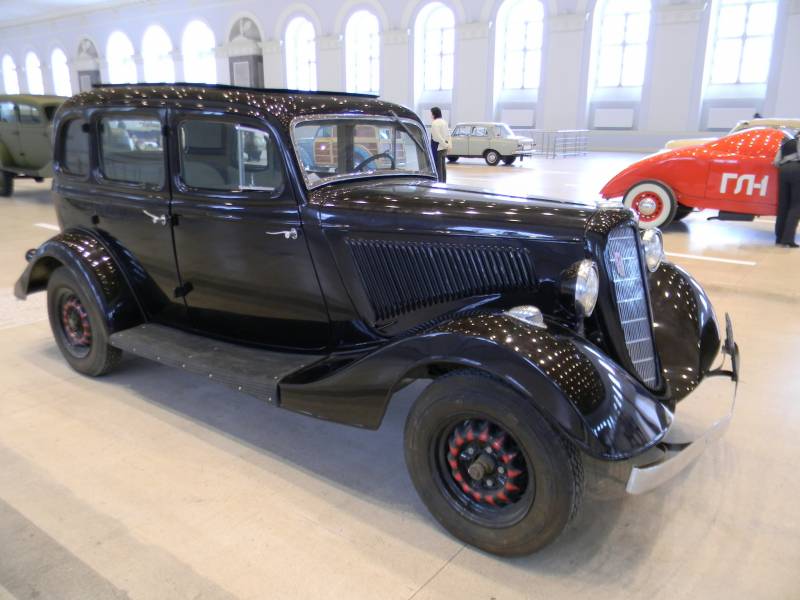
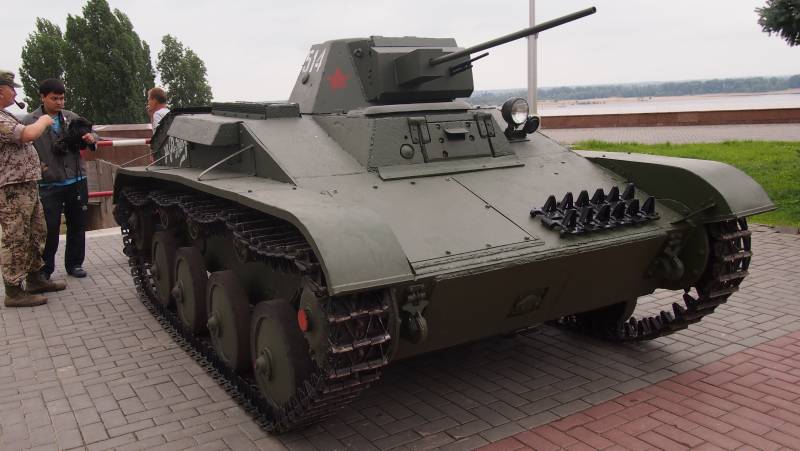
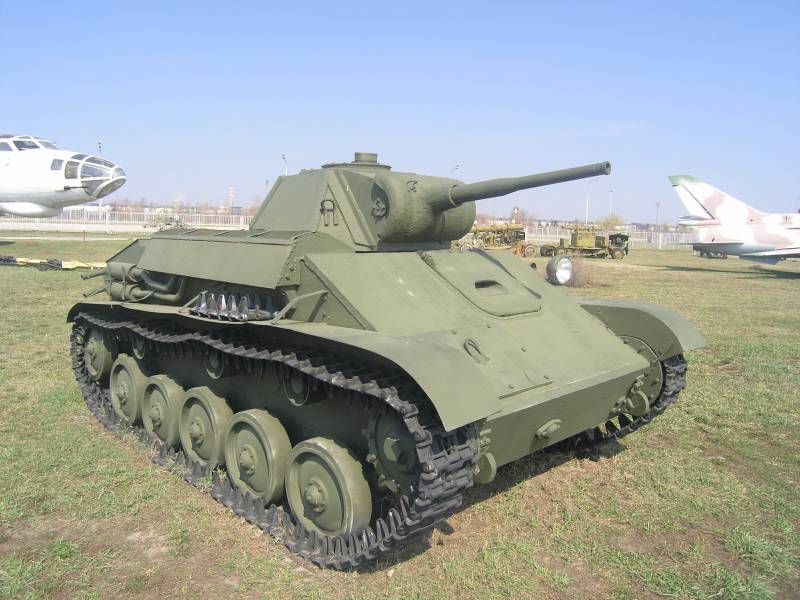
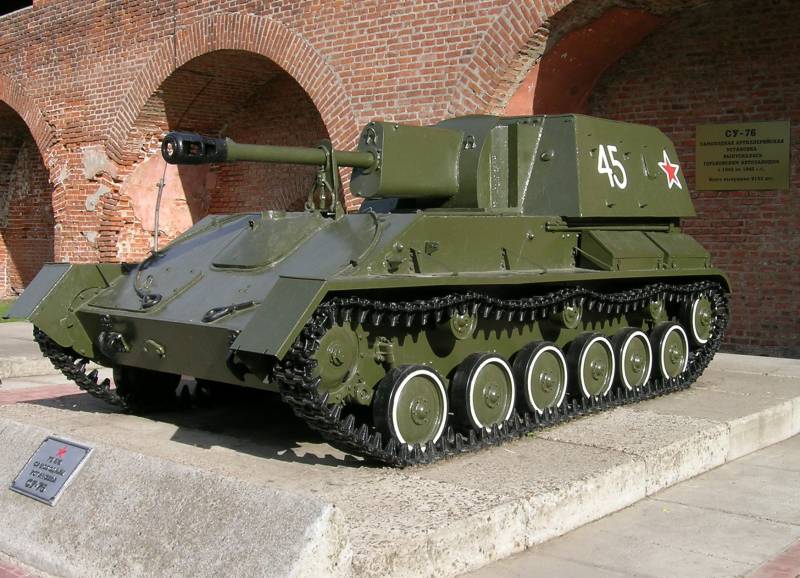
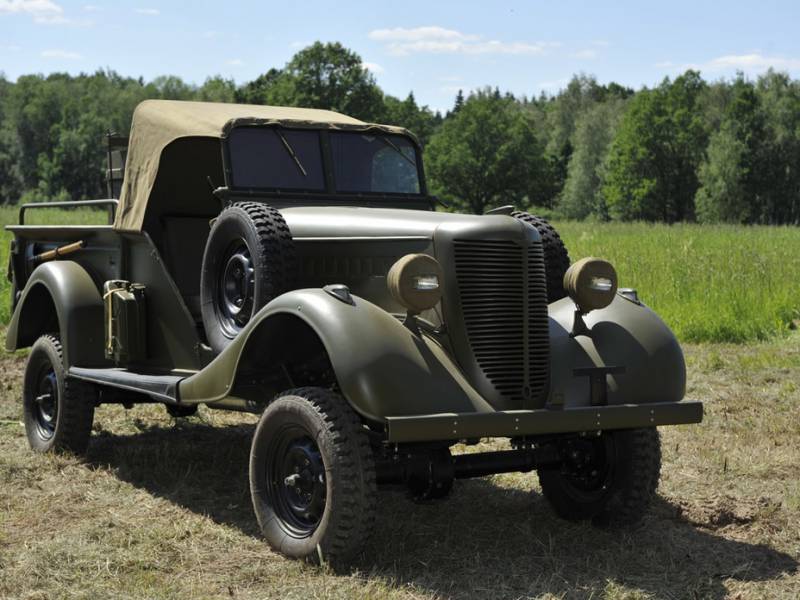
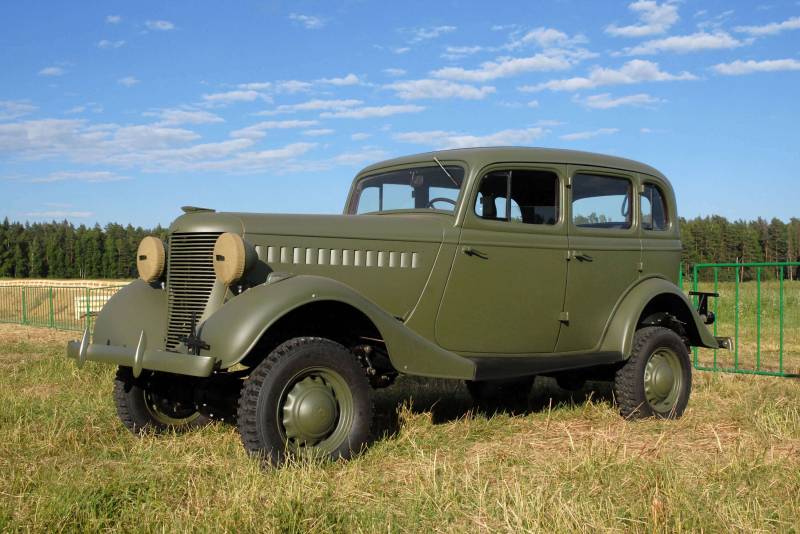
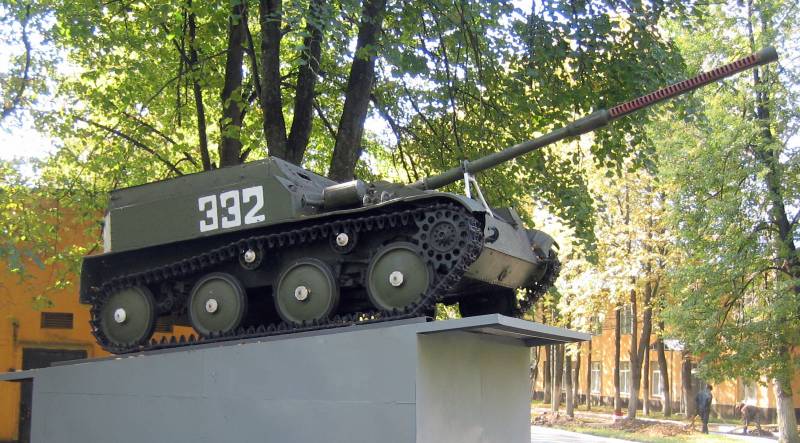
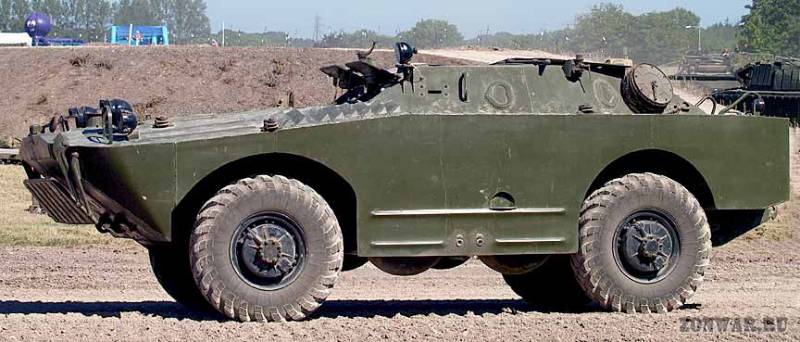
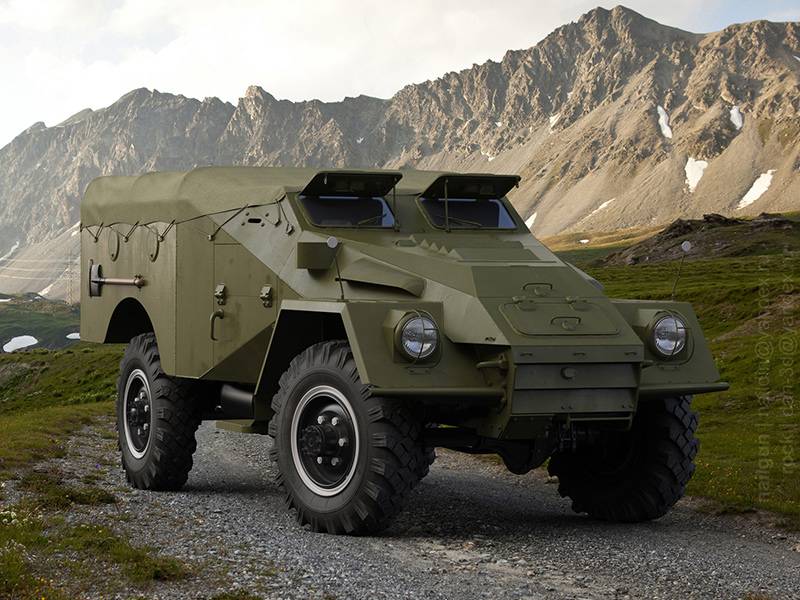
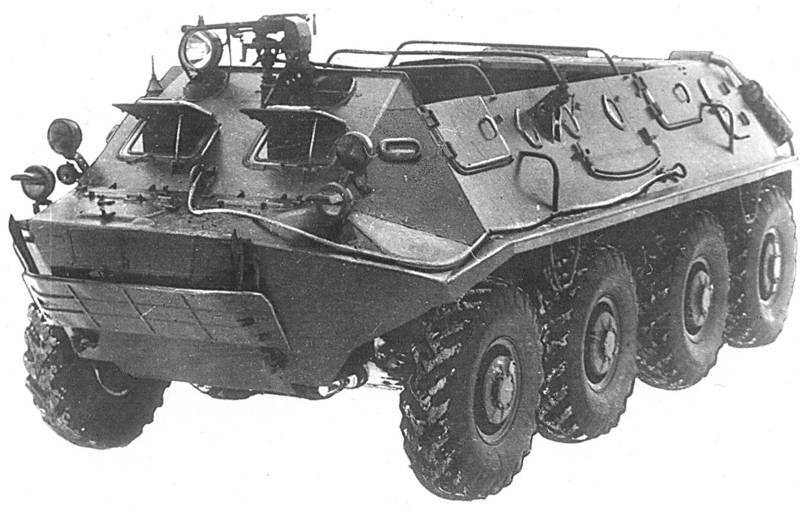
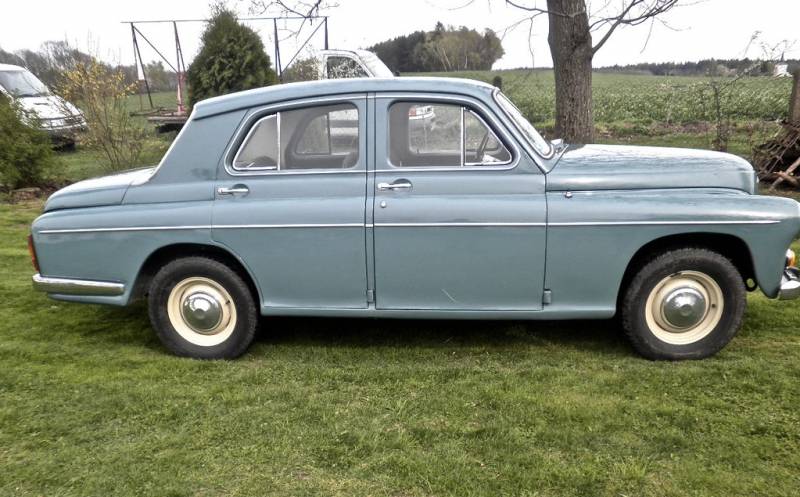
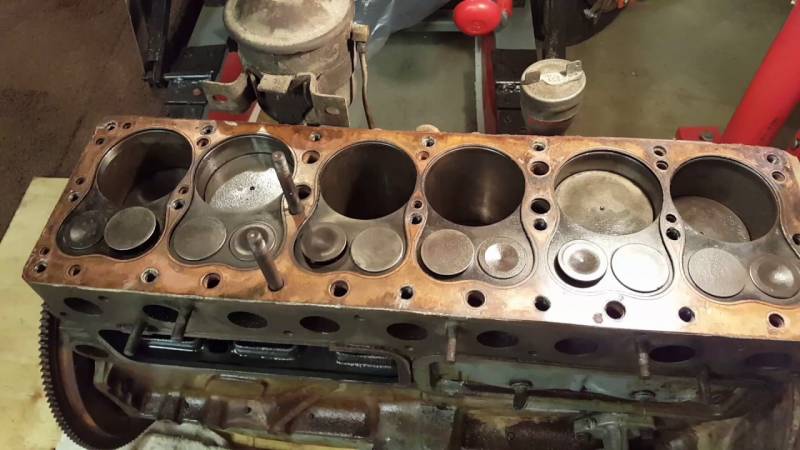
Information